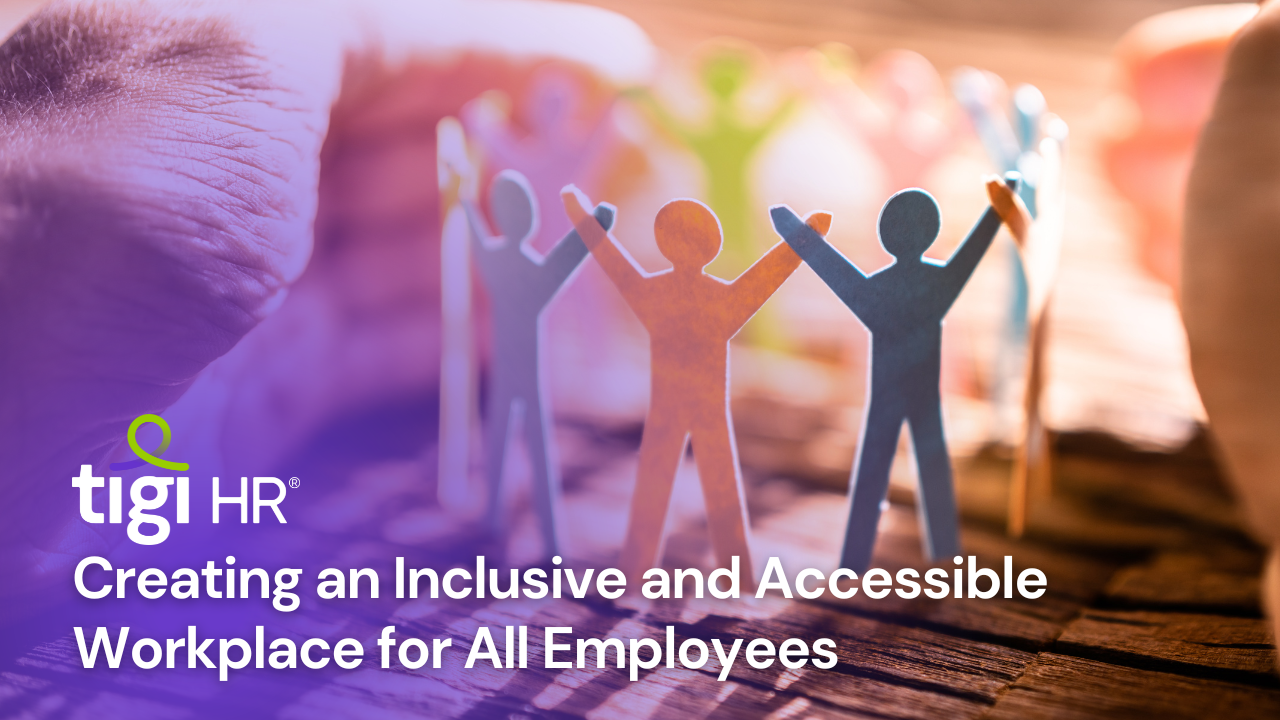The modern workplace is evolving, and so are the expectations of employees. In today’s world, the success of an organization hinges not only on its bottom line but also on its commitment to fostering an inclusive and accessible workplace. This is not merely a checkbox to tick, but a transformation that reaps rewards in terms of innovation, employee satisfaction, and overall growth.
In this article, we will delve into the journey of creating an inclusive and accessible workplace, emphasizing the need to celebrate diversity and provide equal opportunities for all.
A Diverse Workforce
To achieve inclusivity, it’s essential to have a diverse workforce. Organizations should actively recruit and promote individuals from various backgrounds, including different ethnicities, genders, ages, abilities, and more. Diversity brings together a wealth of perspectives, ideas, and talents, driving innovation and creativity.
Eliminating Bias
Unconscious biases can impact hiring, promotions, and daily interactions. To counter this, organizations should implement strategies to raise awareness of bias and provide training to reduce its influence on decision-making. Regular diversity and inclusion workshops can help employees recognize and challenge their own biases.
Physical and Digital Accessibility
Inclusivity extends to physical spaces and digital tools. Organizations should invest in making physical workplaces accessible for all employees, including those with disabilities. Moreover, digital platforms and tools must be designed with accessibility in mind to ensure that everyone can access and use them without limitations.
Open Communication Channels
Fostering inclusivity requires open communication channels. Encourage employees to share their thoughts, ideas, and concerns, and actively listen to their feedback. This not only makes employees feel valued but also provides insights for continuous improvement.
Employee Resource Groups (ERGs)
ERGs are voluntary employee-led groups that provide a platform for employees with common backgrounds or experiences to connect. These groups not only offer support but also play a vital role in driving diversity and inclusion initiatives within the organization.
Training and Education
Education is a powerful tool to promote inclusivity. Offer regular training sessions to employees, focusing on topics like diversity, cultural competence, and respect for all backgrounds. These sessions help foster a more understanding and empathetic workplace.
Equal Opportunities
Equal opportunities should be a fundamental principle. Ensure that all employees have access to the same benefits, promotions, and advancement opportunities. This not only promotes inclusivity but also creates a fair and just work environment.
Leadership Commitment
Leadership plays a crucial role in setting the tone for inclusivity. Leadership should embody the values of diversity and inclusion and actively promote them within the organization. When leaders are committed, employees are more likely to follow suit.
Flexibility
Offering flexible work arrangements, such as remote work options and flexible hours, can be a game-changer in promoting accessibility. This allows employees to balance their work and personal lives, accommodating diverse needs.
Beyond the Workplace
Encourage employees to participate in community initiatives that promote inclusivity and accessibility. This not only showcases the organization’s commitment to social responsibility but also allows employees to feel a sense of purpose beyond their daily work.
Conclusion
Creating an inclusive and accessible workplace is a continuous journey that requires the commitment of every individual within an organization. It’s not just about meeting legal requirements but about celebrating diversity and embracing the benefits it brings. Inclusive and accessible workplaces are more resilient, innovative, and, ultimately, more successful. Embracing diversity is not just a choice; it’s the way forward.
Measuring Vendor Performance: Metrics for Successful Empanelment
Effective vendor management is a strategic imperative, guided by performance metrics, clear expectations, and the delicate balance of cost and quality. The connection between vendor performance and customer satisfaction cannot be overstated, with even minor improvements yielding substantial gains. Timely deliveries, quality benchmarks, and price control all play a crucial role. With these principles and data-backed insights, organizations build efficient vendor relationships, enhance customer satisfaction, and achieve sustainable success.
Find trusted recruitment agencies : Click here





